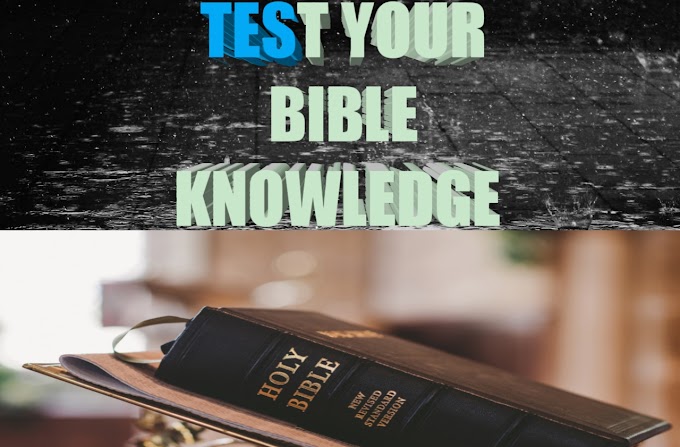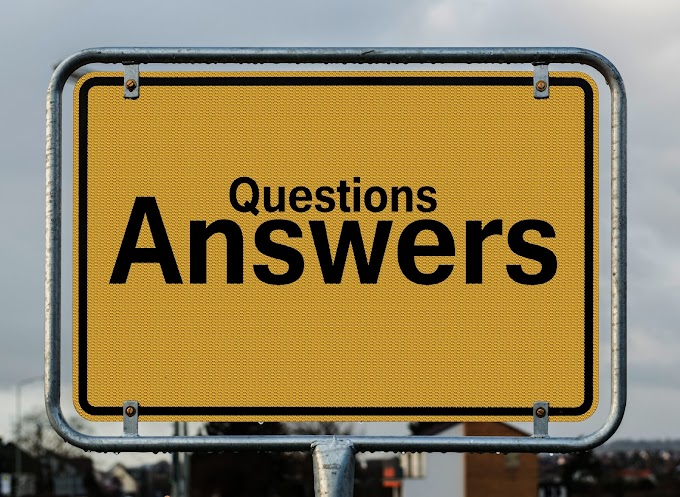The book of Revelation is a book most Christians are shying away from but it's a must read and study for every believer that wants to make heaven because Revelation reveals exactly what has happened, what is happening, what is yet to happen, the new heaven and earth, and those that will be qualified to enter God's kingdom. I had to do further research on the two witnesses spoken about in Chapter 11, below is what I found.
In the Book of Revelation, the two witnesses are two of God's prophets who are seen in a vision by John of Patmos, who appear during the Second woe recorded in Revelation 11:1-14. They have been variously identified by theologians as two individuals, as two groups of people, or as two concepts. Dispensationalist Christians believe that the events described in the Book of Revelation will occur before and during the Second Coming.
Biblical narrative
John is told that the court of God's temple has been given to the nations. And the holy city will be trampled by the nations for 42 months. During that period for 1,260 days (or 42 months, or 3½ years), two witnesses would be granted authority to prophesy. They are described as two olive trees and two lampstands who stand before the Lord of the earth. Both are able to devour their enemies with fire that flows out of their mouths. Also, they have power over the sky and waters and are able to strike the earth with plague
After their testimony, the Beast overcomes the two witnesses and kills them. For three and a half days, the people of the earth celebrate the two witnesses' death (who have tormented them for three and a half years) and will not permit the witnesses a proper burial. After this time, God resurrects the two witnesses; their resurrection strikes fear on everyone witnessing their revival, and the two witnesses then ascend to heaven. In the next hour, a great earthquake occurs and kills 7000 men, destroying a tenth of the city.[1]
Textual analysis
These are the two olive trees and the two lampstands standing before the God of the earth. Revelation 11:4
According to the text, the two witnesses are symbolised as the "two olive trees and the two lampstands" that have the power to destroy their enemies, control the weather and cause plagues.[2] Their description as "two olive trees and two lampstands" may be symbolism, allegory, or literal.[3]
Identity
In attempting to interpret Revelation 11, commentators who hold to a premillennial eschatology generally interpret the two witnesses in one of three ways: (1) as individuals either manifested in some form of reincarnation; or "in the spirit" of biblical prophets who once appeared in Bible history; or simply as two individuals newly arrived on the earth; (2) as corporate in nature (human) standing for the Church only or for Israel only; or both Israel and the Church; or for both Jewish and Gentiles believers in Jesus; or (3) as symbolism or an expression of biblical concepts (i.e., the Old and New Testaments; the Law and the Prophets;[4] Mercy and Grace).
Literalist view
The literalist typically has a dispensationalist or literal interpretation that the two witnesses will be actual people who will appear in the Last days.[5][6] However, there are varying views as to the identity of the two witnesses.
Early Christian writers such as Tertullian, Irenaeus, and Hippolytus of Rome, have concluded that the two witnesses would be Enoch and Elijah, the two prophets who did not die because God "took" them according to other Biblical passages.
Others have proposed Moses as one of the witnesses, for his ability to turn water into blood and the power to plague the earth.[7]
Modern theologians, such as John Walvoord, have furthered the point of individualism by comparing the "two lampstands" and the "two olive trees" of Revelation 11 to the two golden pipes and two olive trees/branches of Zechariah 4. By the identification of the two olive branches as "two anointed ones" or "two sons of the oil", in Zechariah, this reinforces the literalist interpretation that the two witnesses are two people.[8] The personification of the two witnesses in Revelation is so prevalent that according to theologian William Barclay, the passage seems to refer to definite persons.[9] Walvoord further pointed out that because the Revelation passage does not specifically identify who the two witnesses are, it would be safer to conclude that they are not related to any previous historical character.
Christian symbolism
The two witnesses have been interpreted as representing the Church or a similar concept. The 1599 Geneva Study Bible has asserted that the two witnesses are the exclusive purview of the church.[10] Matthew Henry's Complete Commentary on the Whole Bible gives one church interpretation as consisting of believing Jews and that of the Gentiles.[11] John Wesley in his commentary on Revelation 11 suggests a more spiritual, almost ambiguous, application.[12]John Gill's Exposition of the Bible interprets the two witnesses as the true Church in counterdistinction to the antichrist system of Roman Catholicism.[13] Ross Taylor's Verse by Verse Commentary on Revelation clearly defines the Church as the "two olive trees and the two lampstands."
Similarly, the two witnesses have been identified as Israel and the Christian Church. The number two has been associated with the witness of Israel to the Gentile nations during the 70th Week of Daniel's prophecy.[14] The olive tree in the Scripture signifies Israel. The "witness of the Church" is signified by the two lampstands, whose identity was disclosed by the seven golden lampstands (i.e., candlesticks) revealed in Revelation 2-3 as the "churches." Revelation 2:1 refers to the churches as golden lampstands.
It has also been proposed that the two witnesses are the witnessing church, because Jesus sent out his disciples "two by two".[15] Other scholars note that two is symbolic in Revelation because two witnesses are needed to authenticate a testimony in the Hebrew Bible (cf. Deut. 19:15; see Biblical numerology).[16] The two witnesses are the true prophetic witness in Revelation (the church,) and they serve as the counterpart to the false prophetic witness, the beast from the land, who has two horns like a lamb (Rev. 13:11; cf.16:13; 19:20; 20:10).
The two witnesses is not Moses and Elijah, or Enoch and Elijah as some say.
The two witnesses is not Moses and Elijah, or Enoch and Elijah as some say.










.jpg)



0 Comments